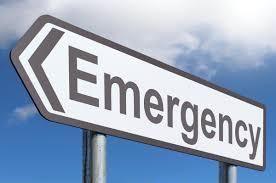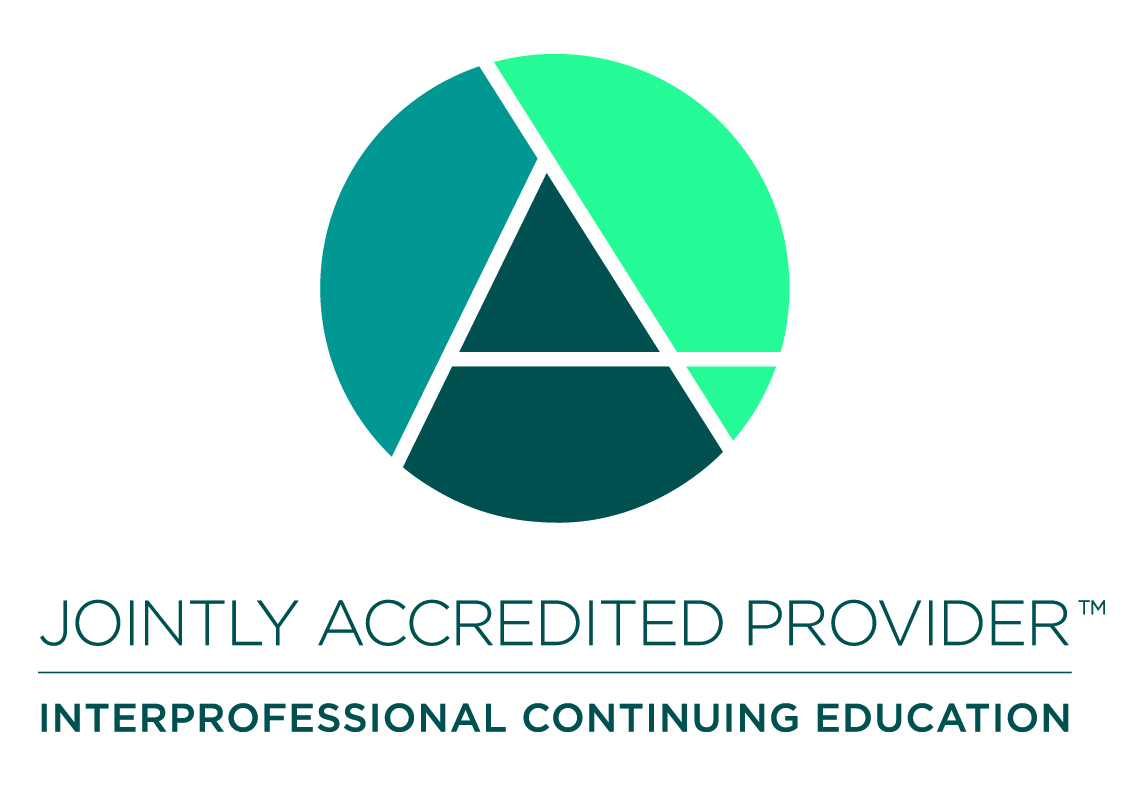
0311_SHU_Emergency Department Transition in Practice_Live- 24.08
Description:
This is an intensive program focusing on patient presentations and critical situations common to the emergency department (ED). Based on adult learning theory principles, the program will offer multiple modalities of instruction: self-directed learning activities, didactics, case studies, role playing, discussion and reflection, skills practice, simulation, and problem solving. Participants will spend ten 8-hour days in person and two 4-hour virtual days to accomplish specific objectives, followed by formal debriefing each in person day to enhance the learning process.
Target Audience
Nurse, Registered (RN)
Learning Objectives
After Attending This Activity Learners Should Be Able To:
Week One Learning Objectives:
1. Verbalize compliance requirements related to EMTALA and HIPPA for patient transfers.
2. Assess a simulated patient using the five acuity levels of the Emergency Severity Index (ESI) scale.
3. Verbalize three resources using the ESI scale.
4. Identify two tools to reduce implicit bias in triage.
5. Exemplify evidence-based methods of communication, free from the influence of implicit biases, during interaction with simulated patients (e.g., during demonstration of techniques to prevent an anxious person from becoming agitated).
6. Explain the required equipment, supplies, and medications needed for a rapid sequence intubation.
7. Interpret ECGs, including identification of five different dysrhythmias, and explain treatment per ACLS protocol including use of the Zoll Monitor, defibrillation, and code medications.
8. Prioritize care needs for a patient experiencing SVT or cardiac arrest through participation in a simulation.
9. Document appropriately in the Code Narrator.
10. Interpret blood gas results for acid-base and oxygenation abnormalities.
11. Describe signs and symptoms of conditions associated with respiratory failure and demonstrate nurse role in assisting with required equipment, supplies, and medications for Rapid Sequence Intubation (RSI).
12. Discuss ventilator management and troubleshooting.
13. Manage the care needs for a patient with a chest tube.
14. Summarize care priorities for various cardiac conditions including: Heart failure, chest pain per protocol, and management of complications for a patient with a STEMI.
15. Appraise need for IO placement and demonstrate IO management.
16. Prioritize care needs for the Diabetic Ketoacidosis (DKA) patient.
17. Compare and contrast multiple complaints of abdominal pain.
18. Differentiate between upper and lower GI bleeds.
19. Demonstrate appropriate set up for the Belmont and MTP.
20. Perform primary and secondary assessments for a trauma patient.
21. Discuss management of procedural sedation.
Week Two Learning Objectives:
22. Prioritize the care needs for patients with thermal and integumentary emergencies including priority care needs for an inhalation injury.
23. Estimate the amount of fluid required for a burn patient via utilization of the Parkland Formula.
24. Discuss management of End-of-Life care in the emergency department and notification of the Donor Network.
25. Discuss interview techniques for a patient with a gynecological complaint.
26. Explain obstetric emergencies and interventions for prolapsed cord, postpartum hemorrhage, pre-eclampsia, miscarriage, placenta previa, and placenta abruptio.
27. Identify red flag presentations that require immediate interventions for neurological disorders.
28. Assess a stroke patient using the NIHHS scale and demonstrate competency with this assessment via hands on practice during a stroke simulation.
29. Discuss common types of shock seen in the ED and the appropriate interventions.
30. Manage critical care infusions for high-acuity patients.
31. Demonstrate appropriate set up and management of an arterial line.
32. Prioritize care needs for patients with sepsis or septic shock.
33. Discuss indications for and appropriate use of NICOM monitoring.
34. Recognize, assess, and prioritize nursing care and interventions for pediatric patients with respiratory distress, gastroenteritis, and dehydration.
35. Prepare to administer pediatric medications and other pediatric-specific skills during a simulated code.
36. Verbalize guidelines for conducting a physical examination on pediatric patients.
37. Identify signs and symptoms that indicate a patient could be experiencing abuse, including presentations that are common in pediatric populations.
38. Verbalize signs and symptoms of human trafficking.
39. Discuss the treatment needed for a patient with eye, ear, nose, and throat emergencies.
40. Explain three red flag indications for an accidental or intentional overdose.
41. Discuss care priorities, including strategies to mitigate the impact of implicit biases, for individuals experiencing psychiatric emergencies.
42. Formulate a plan of care for a patient with a spinal injury.
43. Discuss strategies to promote personal resilience as a tool to support delivery of the highest quality patient care.
Assembly Bills 1195 & 241- Culturally Appropriate Care which is Free of Implicit Biases:
Learners are strongly encouraged to engage in self-directed learning related to the impact of implicit biases in this clinical area via the references provided below:
- Wallace, A., Luther, B., Guo, J., Wang, C., Sisler, S., & Wong, B. (2020). Implementing a social determinants of health screening and referral infrastructure during routine emergency department visits, Utah, 2017-2018. Preventing Chronic Disease; 17. Doi: 10.5888/pcd17.190339. https://www.cdc.gov/pcd/issues/2020/19_0339.htm
- Franks, N. M., Gipson, K., Kaltiso, S. A., Osborne, A., & Heron, S. L. (2021). The time is now: racism and the responsibility of emergency medicine to be antiracist. Annals of Emergency Medicine, 78(5), 577-586. https://www.sciencedirect.com/science/article/pii/S0196064421003838
- Dahl, R. A., Vakkalanka, J. P., Harland, K. K., & Radke, J. (2022). Investigating healthcare provider bias toward patients who use drugs using a survey-based implicit association test: Pilot study. Journal of addiction medicine, 16(5), 557-562. https://journals.lww.com/journaladdictionmedicine/abstract/2022/09000/investigating_healthcare_provider_bias_toward.10.aspx
- Jin, R.O. et al. (2021). Exploring bias in restraint use: Four strategies to mitigate bias in the care of the agitated patient in the emergency department. Academic Emergency Medicine. https://onlinelibrary.wiley.com/doi/abs/10.1111/acem.14277
- Chang-Sing E, Smith CM, Gagliardi JP, et al. (2024). Racial and Ethnic Disparities in Patient Restraint in Emergency Departments by Police Transport Status. JAMA Netw Open;7(2):e240098. doi:10.1001/jamanetworkopen.2024.0098. https://jamanetwork.com/journals/jamanetworkopen/fullarticle/2815361#:~:text=Meaning%20The%20ways%20in%20which,in%20emergency%20departments%20(EDs).

Disclosure of Financial or In-Kind Commercial Support & Conflict of Interest
No one involved in the planning or presentation of this educational activity have any relevant financial relationship(s) to disclose with ineligible companies whose primary business is producing, marketing, selling, re-selling, or distributing healthcare products used by or on patients. No financial or in-kind commercial support was received to produce or promote this educational activity.
– Provider Designee/Verification: Kerri Maya, PhD(c), MSL, RN, NPD-BC
Accreditation:

In support of improving patient care, Sutter Health, is jointly accredited by the Accreditation Council for Continuing Medical Education (ACCME), the Accreditation Council for Pharmacy Education (ACPE), the American Nurses Credentialing Center (ANCC), and the Association of Social Work Boards (ASWB) to provide continuing education for the healthcare team.
Credit Designation Statement
Sutter Health designates this LIVE activity for a maximum of 70.50 continuing professional development contact hours for nurses. Learners should claim only the credit commensurate with the extent of their participation in the activity.
Note to Other Disciplines: AMA PRA Category 1 Credits HOURS™ Continuing Medical Education is acceptable for meeting the continuing education requirements for Pharmacists, Physician Assistants, Psychologists, Registered Nurses, and Respiratory Care Practitioners. For other disciplines, please check with the regulatory board for your discipline to confirm what type of credits meet the continuing education requirements. Continuing education hours for nurses accredited by ANCC, via Joint Accreditation.
Attendance & Credit Claiming
Enter the 6-letter attendance verification code when prompted in the Attendance Course Object within the course outline. Please review the course instructions for pictorials of the steps to take when registering for the course.

 Facebook
Facebook X
X LinkedIn
LinkedIn Forward
Forward